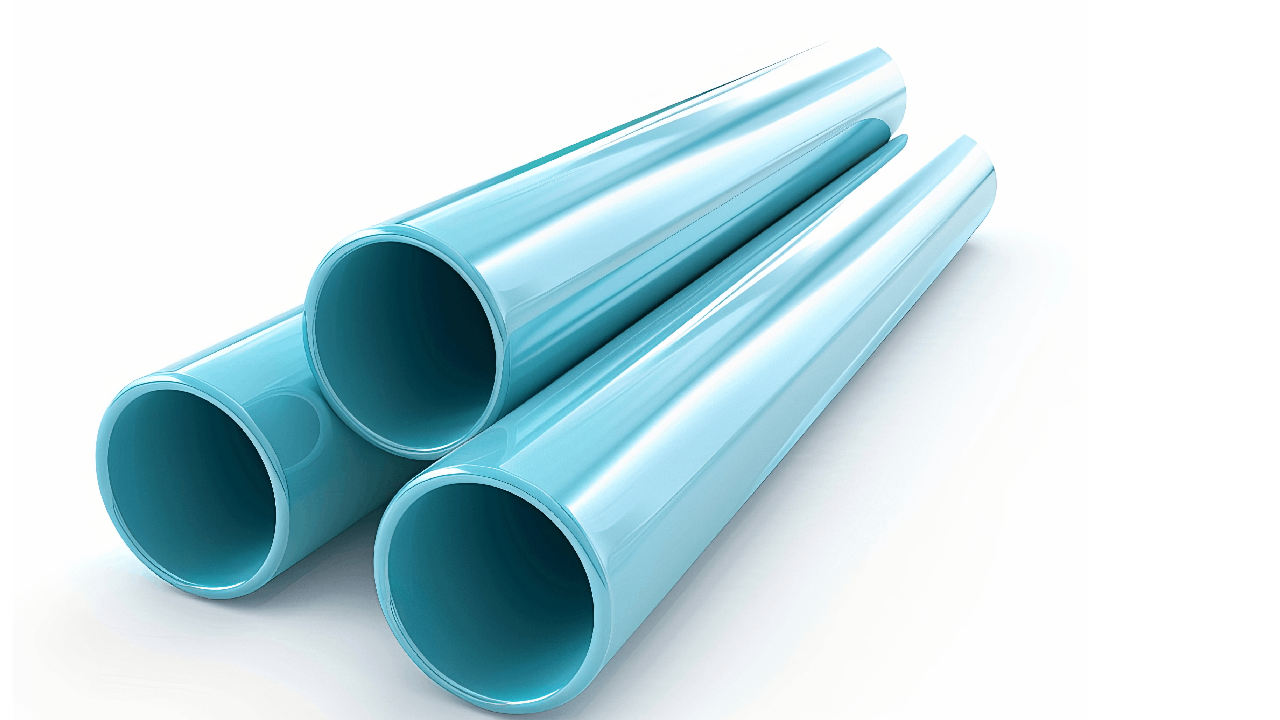The piping system is the lifeblood of any building, and when it comes to long-term reliability for hot and cold water applications, PP-R (Polypropylene Random Copolymer) pipes are the modern standard. Yet, in a market flooded with options, knowing who to trust among PP-R pipe suppliers in UAE is crucial. Choosing the right supplier isn’t just a technical decision—it’s an investment in safety, durability, and your professional reputation.
As you mentioned, when the market is plagued by deception, authentic materials will always present the ideal most value. Knowing which PP-R pipe is genuine is more than the technical aspect; it is investing in dependability, safety, and your profession. The basis of trust lies in:
- Certification and Labeling: Look for internationally recognized quality certifications (like ISO, DIN, or local standards) clearly printed on the pipe and fittings.
- Color Consistency: Genuine PP-R material should have uniform color and thickness throughout.
- Documentation: Suppliers must provide Material Safety Data Sheets (MSDS), test reports, and warranty documents.
A reputable PP-R pipe Bussiness supplier in UAE will readily provide this evidence, ensuring you receive authentic, high-grade piping that meets the necessary standards for the region’s demanding environment.
Choosing the right pipe is only half the battle; proper installation is key to ensuring a leak-proof and long-lasting system. Here are answers to common questions that help prevent system failures:
Mistakes often stem from rushing the process or neglecting critical details. Common PP-R pipe errors include:
- Not cleaning pipes/fittings before welding to remove dust and debris.
- Using the wrong heating time/temperature, leading to weak or degraded joints.
- Misaligning joints during fusion, causing internal constrictions.
- Ignoring thermal expansion, which requires proper clamping and expansion loops.
- Improper support/clamping that strains joints and pipes.
- Mixing incompatible materials without using approved transition fittings/adapters.
- Rushing joint cooling before handling or pressure testing.
- Skipping pressure tests on the finished system.
Proper heating is vital because it ensures a strong, homogenous, and leak-proof joint.
- Too little heat leads to a “cold weld”—a weak joint that is prone to immediate or eventual failure under pressure.
- Too much heat can cause material degradation, reduce the pipe’s pressure rating, and push excessive melted plastic inside the pipe, restricting flow.
Always use a PP-R welding machine with precise temperature control, verified at $260^{\circ}\text{C}$.
Preventing leaks is a matter of strict adherence to the fusion process:
- Preparation: Clean pipe ends and fittings with non-fibrous tissue before welding.
- Tool Verification: Verify the $260^{\circ}\text{C}$ socket temperature with an instrument and mount heating tools firmly (small front, large back, no overhang).
- Fusion: Insert the pipe and fitting fully to the correct depth without twisting.
- Cooling: Allow sufficient cooling time before handling the joint or applying stress.
- Material Integrity: Use ONLY certified PP-R materials and approved transition adapters supplied by your reputable PP-R pipe suppliers in UAE.
Yes, but use transition fittings only!
- This typically involves Brass threaded adapters (PP-R to metal threads) or Flange connections for larger pipes.
- Never weld PP-R directly to metal.
- When sealing metal threads, use Teflon tape—ensure the sealant is kept away from the PP-R component to maintain its integrity.
Pressure testing is the non-negotiable final step, essential for verifying the system’s integrity. It should be done on the fully installed, unconcealed pipes according to standards like DIN 1988.
- Preparation: Fill the system with filtered water, ensuring all air is removed.
- Test Pressure: Test at 1.5 times the maximum working pressure.
- Three-Stage Test:
- Preliminary Stage: Check after 30 minutes; the pressure drop must not exceed $0.6 \text{ bar}$.
- Principal Stage: Hold for 2 hours; the pressure drop must not be over $0.2 \text{ bar}$.
- Final Stage: Cycle the pressure between $1 \text{ bar}$ and $10 \text{ bar}$ four times.
- Verification: Use gauges that show $0.1 \text{ bar}$ changes, maintain a constant water temperature, allow no leaks, and prepare signed test records.
The best PP-R pipe suppliers in UAE are those who not only offer quality products but also provide technical support and training to ensure correct installation. Their commitment to supplying certified materials directly translates into the long-term success and safety of your project. By prioritizing genuine materials and following best-practice installation techniques, you ensure a reliable, leak-free, and enduring piping system.

